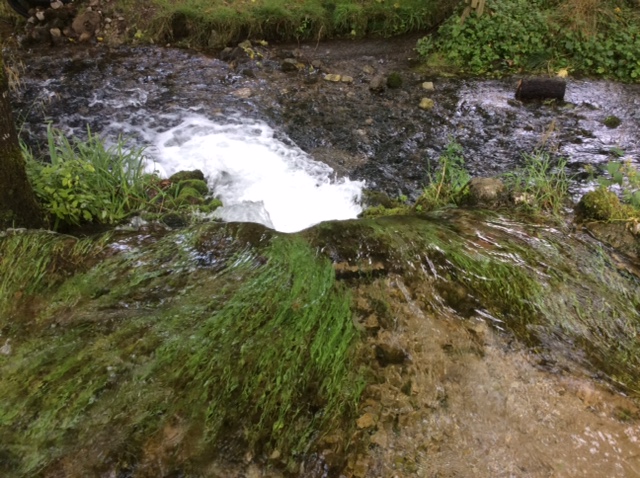News
Lessons To Learn From World Water Day 2019
We’ve just celebrated World Water Day once again, taking place on March 22nd, with the campaign’s goal this year set out as Sustainable Development, providing water for all come the year 2030.
There are billions of people around the world who still live each day without safe water and this World Water Day was all about tackling the water crisis head on and addressing the reasons why there are so many out there still being left behind in this regard.
The Sustainable Development Goal 6 (SDG 6), an adaptation of the central promise of the 2030 Agenda for Sustainable Development, aims to ensure availability and sustainable water management for all by 2030 – meaning that no one is left behind.
Wherever and whoever you are, water is a basic human right, underpinning public health and critical to sustainable development and the creation of a prosperous and stable world.
But there are people in the world who are being left to live without safe water for a range of different reasons, from disability, age and health status to race, ethnicity, religion, property, sex, gender and more.
Climate change, environmental degradation, conflict, population growth, migration flows and so on can also have an effect on marginalised groups through impact on water.
Some one in four primary schools have no drinking water service, with pupils having to use unprotected sources or go thirsty.
Around the world, 80 per cent of those who have to use unsafe or unprotected water sources live in rural areas.
Over 700 children under the age of five die each day from diarrhoea linked to poor sanitation and unsafe water.
About four million people – almost two-thirds of our global population – experience severe water scarcity during at least one month each year.
And 700 million people around the world could be displaced by intense water scarcity by the year 2030.
In order to tackle this problem head on, efforts must be focused towards including marginalised or ignored people to ensure that no one is left behind where water is concerned. Water services have to meet the needs of these groups and ensure that their voices are heard during decision-making processes.
And legal and regulatory frameworks have to recognise the right to water for all people, making sure that sufficient funding is fairly and effectively targeted at the demographics who need it the most.
From a business perspective, it’s worth remembering that water stress and scarcity is a global issue and while you might not think that conserving water in the UK and on your site would have an impact elsewhere around the world, you’d be wrong.
Our international water footprint is certainly something that should be a consideration for all, although perhaps it’s not something we think about too often. For example, how much water did it take to make the uniforms your staff members wear? How much water was used to make your business phones?
The water supplies for such items don’t come from England but from other countries such as India, China, Turkey and Bangladesh – some of the most water scarce regions in the world. So trying to conserve water wherever you can and using it sustainably is a growing concern for businesses of all shapes and sizes. Get in touch with us today to find out more.
